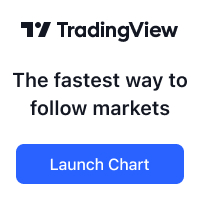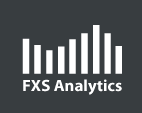Maybe I had been staying in Singapore for too long, I tend to work or live by rules. Here is something for you to think about.
When crossing a road with moderate traffic, would you rather press the ‘cross’ button of traffic light and wait for the green light before crossing? or you will take your own steps as long as you feel it is safe without even looking at the traffic light?
I often see people ran across the road just to save his 0.1 minute, and people like me, dumb enough to just wait for the green signal before crossing.
Try to link this to your trading. What would you do? why?
Food for thought , from Gavin.


